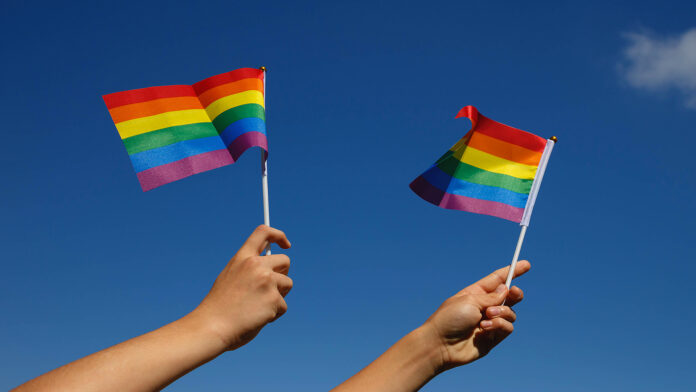Not all things come in pairs – especially when it comes to gender identity. As the world becomes more open and progressive over the discourse of SOGIE, more people from the LGBT+ community have been adamant to not only receive tolerance from society, but to fight for concrete laws to keep them safe. This also includes those who are non-binary as the term still confuses lots of people.
What is non-binary?
The term non-binary can have various meanings depending on who you are talking to. However, in the broadest sense of the word, it means not identifying solely to one of the two most common categories of gender which are male or female. For some, it may mean that they recognize both their genders as male and female while for others it means they fall to neither and reject the concept of gender altogether.
Even though more people are aware of non-binarism, that does not mean they are now treated as equals especially in terms of legal practices and such. Just like other members in the LGBT+ community in the Philippines, there is still a long way to go as the country does not have many laws that are LGBT inclusive. This also includes the simple task of having only two boxes when it comes to asking for one’s sex in all legal documents. People are forced to choose between male or female even when they prefer to live their life as both or none.
Legal Recognition of Non-Binary in the Philippines
In 2018, the Philippines passed a law to establish the National ID System. This PhilSys ID would replace multiple forms of identification cards that Filipinos normally use. This ID features the person’s name, sex, blood type, date, and place of birth among other basic information. Currently, at least 70 million Filipinos are expected to be registered by the end of the year. By 2022, 92 million Filipinos are targeted to be registered with PhilSys.
Additionally, the ID is meant to help Filipinos in paying their taxes, get benefits and even open a bank account with just one ID number. However, for non-binary and the rest of the LGBT+ community, this traps them into the identity they no longer identify with as it uses the sex they were assigned in birth.
Naomi Fontanos, a trans woman and trans rights activist, co-founder and Executive Director of the organization Ganda Filipinas, spoke to Privacy International about the passing of the National ID. She mentioned how this ID can create a domino effect in trans people’s lives as without legal gender recognition, it would be easy for people to discriminate them just because the way they present themselves is not aligned with what is in the national ID.
“For example, if a trans person applies for a job and the gender and name on their ID do not match their gender presentation they will most likely be denied that job. And everything will go downhill from there because if a trans person doesn’t have a job they will join the statistics of poor people in this country. And if you’re poor you can’t have healthcare. And if you don’t have healthcare, you get sick.” Fontanos stated.
In the Philippines, a person can change their name in their civil registry through filing for a petition. Under Articles 407 and 408 of the Civil Code, entries that can be changed include births, marriages, deaths, legal separations, annulments, adoptions, loss or recovery of citizenship, and the name change. This does not include changing a person’s sex on any legal document much more putting a third option of neither male nor female especially for those who are non-binary.
Yet in other countries, there have been developments on the legal recognition and inclusion of all genders proving that it is not impossible for the LGBT+ community to attain their well-deserved rights.
Legal Recognition in other Countries
Just this week, the New York State Senate passed the Gender Recognition Act that will make it easier for transgender, gender non-conforming, non-binary and intersex New Yorkers to update and acquire legal documents that reflect their gender identity. In a National Trans-gender Survey among those in New York, only 12% have been able to update all their IDs which is a small number since the process was very complicated before the passing of this bill.
In other news, US President Joe Biden signed various executive actions on his first day of office in January, that includes allowing people to select gender-neutral pronouns when contacting the US Government. Those living in America can now select Mx. as their gender-neutral title as well. A group of congressional Democrats ask Biden to take this a step further and mandate an inclusion of the gender-neutral marker “X” on federal IDs as well.
As of today, only 19 US states offer the X gender marker on their IDs. Other countries like Argentina, Canada, India, New Zealand and Uruguay offer gender-neutral passports with an “X” option.
Although this is just one letter in an identification card, it holds so much power if people can finally change their legal documents according to who they are. Fighting for this on a national level sends a message that the LGBT+ community is heard and that it can inspire schools and other local and private establishments to do the same and make more inclusive policies. Ultimately, that one X can change millions of people’s lives as they can now live freely and equally with the rest of society.


